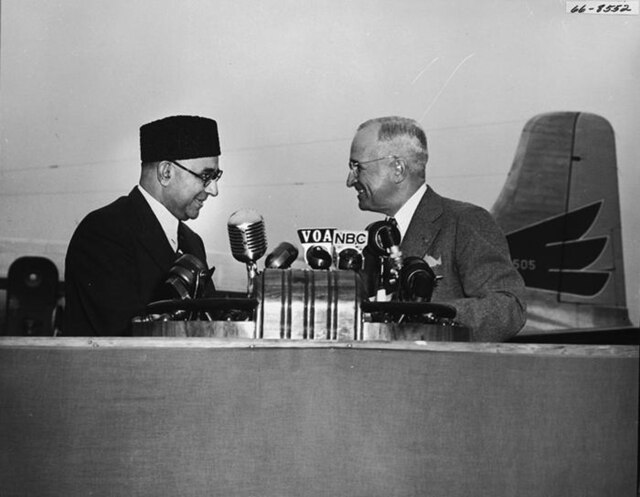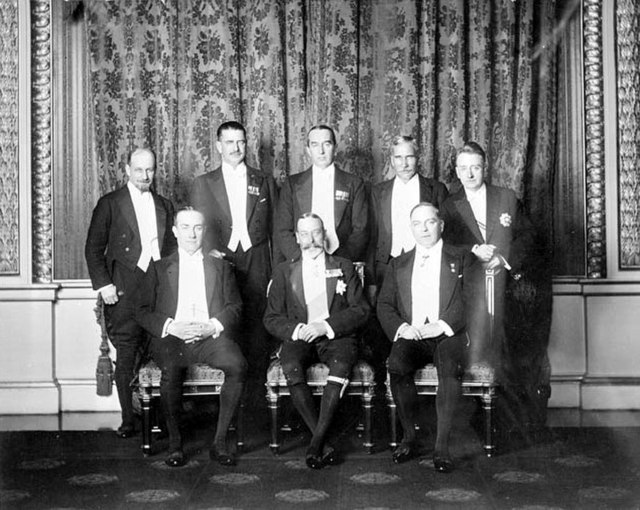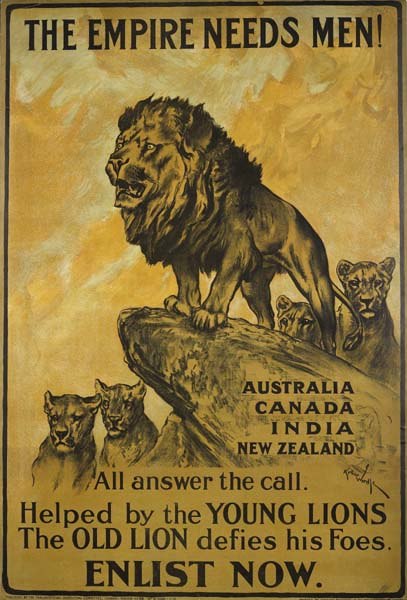The Dominion of Pakistan, officially Pakistan, was an independent federal dominion in the British Commonwealth of Nations, existing between 14 August 1947 and 23 March 1956, created by the passing of the Indian Independence Act 1947 by the British parliament, which also created an independent Dominion of India.
The Prime minister of Pakistan, Mohammad Ali Bogra (second from left) with the Queen of Pakistan and other Commonwealth leaders, 1955
Prime Minister Liaquat Ali Khan meeting President Harry Truman
Image: King George VI LOC matpc.14736 (cleaned)
Image: Queen Elizabeth the Queen Mother portrait
A dominion was any of several largely self-governing countries of the British Empire. Progressing from colonies, their degrees of colonial self-governance increased unevenly over the late 19th century through the 1930s, and some vestiges of empire lasted in some areas into the late 20th century. With the evolution of the British Empire into the Commonwealth of Nations, finalised in 1949, the dominions became independent states, either as Commonwealth republics or Commonwealth realms.
King George V (front, centre) and his Prime Ministers at the 1926 Imperial Conference.
The Parliamentary Recruiting Committee produced this First World War poster. Designed by Arthur Wardle, the poster urges men from the Dominions of the British Empire to enlist in the war effort.
Dominion of Canada Postage Stamp, 1898
The prime ministers of Britain and the four major Dominions at the 1944 Commonwealth Prime Ministers' Conference. Left to right: William Lyon Mackenzie King (Canada); Jan Smuts (South Africa); Winston Churchill (UK); Peter Fraser (New Zealand); John Curtin (Australia)








